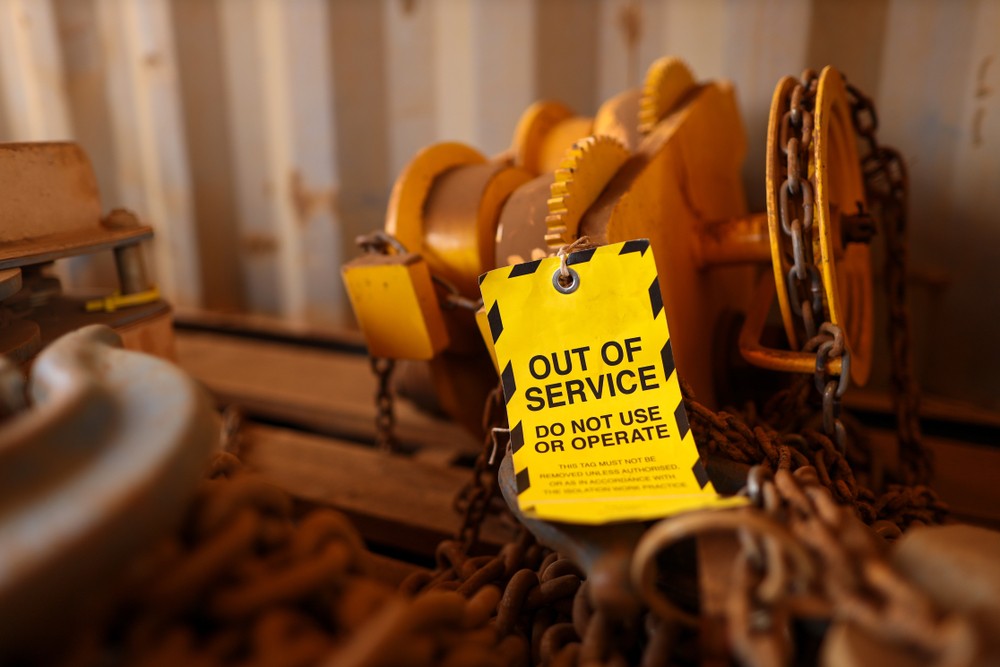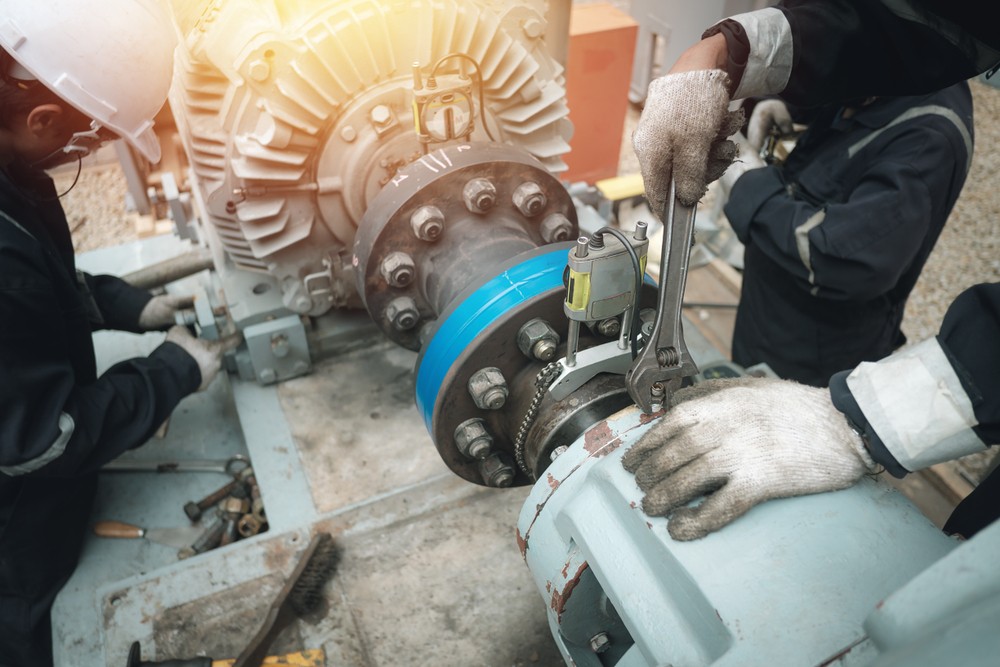Prevent Unplanned Machine Downtime: Machine Failure vs Breakdown

An electric motor starts to run at temperatures above the rated heat threshold. The motor is still producing power consistently, and it’s not due for service for another month. What do you do?
Many maintenance professionals see this situation as a gamble. Do you trust the service schedule blindly and wait out the problem until it’s time for routine maintenance? Or do you act proactively and deviate from the schedule to solve the problem now? It’s a situation that depends on your understanding of failure.
Smart maintenance professionals understand that, in this situation, the motor has already failed and service is imminent. Confusing the inevitable breakdown with a failure is a recipe for unplanned downtime and all the costs that come with it.
Failure vs. breakdown
The difference between failure and breakdown is largely semantic, but that difference comes with major ramifications. It’s important to get the definition right.
- A failure occurs when equipment condition reaches an unacceptable level, even if it remains functional. This is a failure because even though the equipment is still functional, the subpar condition affects output and creates a precedent for breakdown — dubbed the failure developing period.
- A breakdown occurs when the equipment stops functioning. Breakdown is the result of failure and the effect that failure has over the failure developing period. For example, if the temperature of your electric motor remains too high, it can cause the shaft to snap, creating a breakdown.
Failure and breakdown are both problems. Catching a failure before it becomes a breakdown, however, is the path to a viable solution.

Planned vs. unplanned maintenance
Catching a failure at some point during the failure developing period gives you a chance to fix it. Reacting after it happens leaves no option. It’s a classic example of planned vs. unplanned maintenance, and it comes with all of the pros and cons of a proactive vs. reactive strategy.
Fixing a failure affords you the ability to plan for downtime. You can divert production to a different line or schedule downtime outside of a production schedule. Conversely, unplanned downtime starts whenever the breakdown does. You have no say in when or how the situation is approached, only in how to administer a solution.
It’s abundantly clear to any maintenance professional that planned downtime is more desirable. Unfortunately, not every maintenance program approaches failure in the same way. It all roots back to the semantic confusion. In this instance, failure is good in the sense that it’s the path to planned maintenance.

Recognizing failure is a good thing
Failure vs. breakdown and the resulting planned or unplanned maintenance is largely dependent on maintenance culture. Are your maintenance technicians trained to stick to the schedule or stay vigilant for failure? Do they recognize problems as failures or try to wait them out according to a service schedule?
Create a maintenance culture that recognizes failure as an opportunity. Praise technicians who identify failure early in the failure developing period and who take the initiative to perform root cause analysis to fix it properly, on a planned downtime schedule. Use breakdowns and unplanned downtime as teaching tools. Above all, define and engrain the difference between a failure and a breakdown, so technicians can address the former before it becomes the latter.